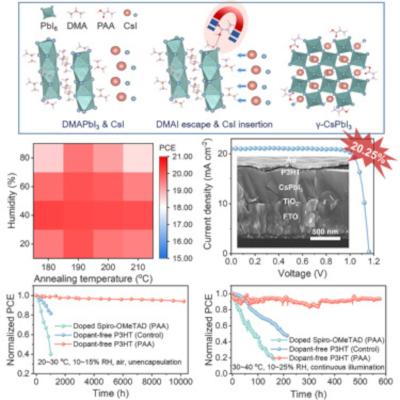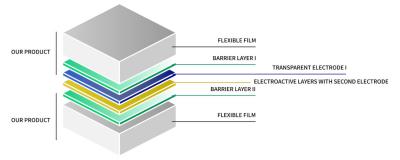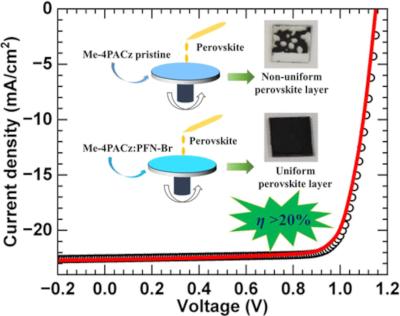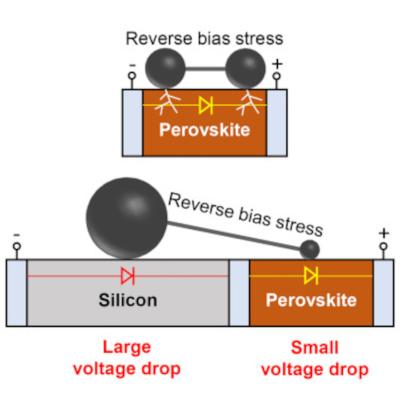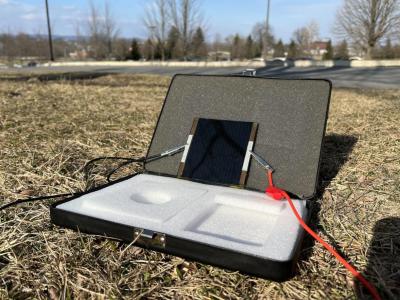Researchers develop hydrogen-bonding-facilitated dimethylammonium extraction strategy for improved perovskite solar cells
Researchers at the Chinese Academy of Sciences (CAS), Beijing Normal University, Beijing Institute of Technology and ShanghaiTech University have developed a universal hydrogen-bonding-facilitated DMA extraction method to fabricate high-quality γ-CsPbI3 films. The researchers fabricated a solar cell based on cesium-lead iodide (CsPbI3) perovskite, which is also known as black perovskite.
The black perovskite solar cell reportedly achieved 20.25% efficiency, which is said by the team to be the highest efficiency reported for PV devices built with this perovskite material and a dopant-free hole transport layer based on the P3HT polymer. The cell was also able to retain around 93% of its original efficiency after continuous illumination for 570 h.
